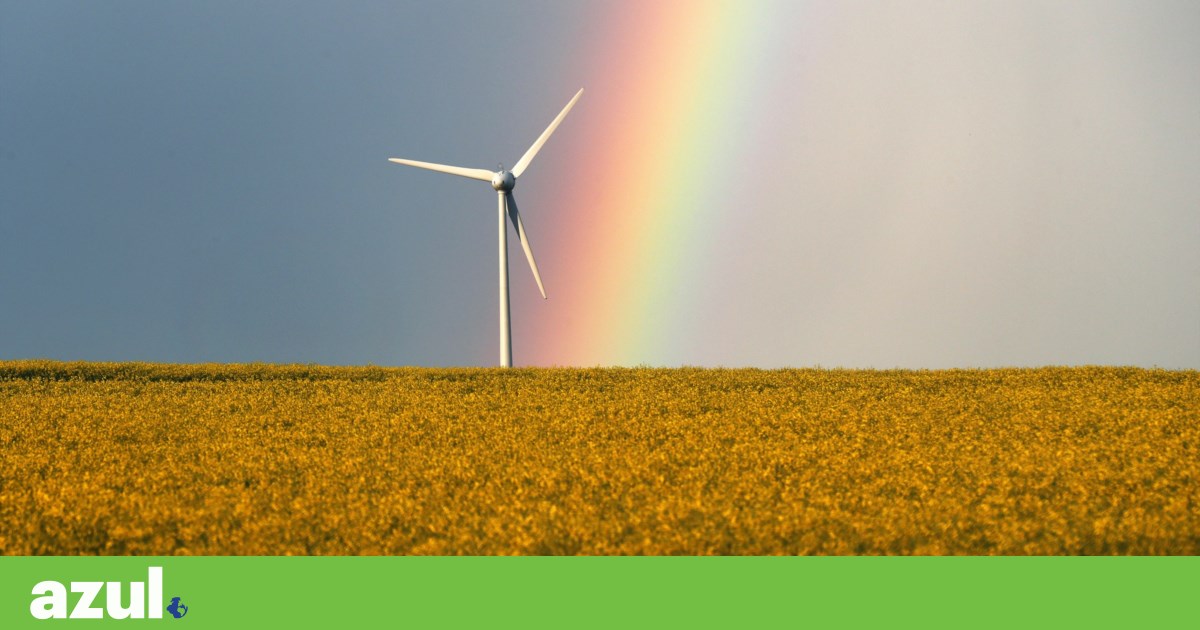Portugal was hit by a severe drought last year and is now experiencing another drought, which has led to a significant drop in hydropower production. However, solar and wind power have benefited from the percentage of renewables in the Portuguese energy landscape. according to a report to Think tank Ember, in April this year, the record for solar energy production was reached, accounting for 15.13% of the total production, equivalent to 360 gigawatts, surpassing the record for July and August 2022 of about 300 gigawatts. Wind power accounted for 35.71% of power generation last month.
In April 2020, energy derived from water was about 36% of the total Portuguese value. In the same month this year, the value dropped to 14%, mainly due to drought. It’s a reduction of less than half.
Matt Ewen, data analyst at Think tank cinder , warns that “as meteorological events become more frequent, Europe will have to prepare for more variation in hydropower generation,” providing, for example, hydropower when there are periods of less wind. However, for Portugal, it will not be so easy, since “they have more hydroelectric power plants in the river than in the reservoirs.”
Although 40% of Portuguese energy comes from Fossil fuels , the data analyst believes the country is “on the right track for the energy transition.” “The phase-out of coal in 2021 was a huge success,” he says, noting that Portugal was only the fourth European country to achieve this. Moreover, “the future ambition is also excellent: it is one of only four countries in the European Union aiming to deliver 100% clean energy by 2030, having significantly increased its ambition in response to the invasion of Ukraine,” adds Matt Ewen.
In the year after the invasion of Russia, according to the Ember analyst, “increasing wind and solar power generation in Europe by 50 TWh reduced the need to import about 9 billion cubic meters of natural gas.” “Given that several European countries, including Portugal, have increased the pace of renewable energy deployments in the past year, we expect this number to continue to increase,” he adds.
From a winter of crisis to a renewed spring
Although Europe is already on a path away from fossil energies, the gas crisis and the invasion of Ukraine undoubtedly hastened the process dramatically. The “twin” crises have highlighted major risks to energy security and the stability of dependence on fossil fuels, forcing governments to take swift action to accelerate adoption. Renewable energy Matt Ewen comments. And the results are already visible.
Next door, Spain also reached records for solar energy production in April, with the sun getting 22% of its energy production, according to data from Ember. As in Portugal, the combination of sun and wind was the source of 46% of the total energy produced. Portugal and Spain responded with solar and wind power to 49% of energy demand in April, using “domestic” production and imports.
Other European countries also set green records: Sweden generated 27% of its energy in February from wind and sun, Finland reached 29% in April, and this month solar and wind power accounted for 29% of all energy produced in Belgium, the highest ever. . achieved by the state.
This is good news for the European Union, which aims to reach 42.5% of energy from renewable sources by 2030. Currently, the target is 32% and is being updated with a new law requiring member states to try to exceed the set value and target to reach 45%.
The green transition is key, said Ursula von der Leyen, President of the European Commission, at an event in Brussels, because “the fossil fuel-based growth model is simply outdated.” This is where it is determined green deal The European Union, in order to “create a different growth model that is sustainable in the distant future,” von der Leyen added.
In a press release, Ember analyst Nicholas Fulghum comments: “As Europe emerges from its winter crisis, strong growth in wind and solar power is paying off. This spring, renewables are already mitigating the impact of drought and rising electricity prices across the board. across the European Union, as well as reducing emissions. The rapid pace of diffusion, especially solar energy, promises many records this summer.
Recent figures from Ember’s analysis also show that “Europe is already on track to achieve at least 45% sustainable energy by 2030,” says Matt Ewen, adding that with more political and financial support, “the aim could be even higher”.
The European Commission has proposed promising new regulations to speed up licensing processes for renewable energy projects and encourage investment, the analyst commented, noting, however, that “these policies must now be implemented at the national level, which requires additional capacity in terms of skilled workers, financing and network development.”



